Stainless Steel Helical Blades
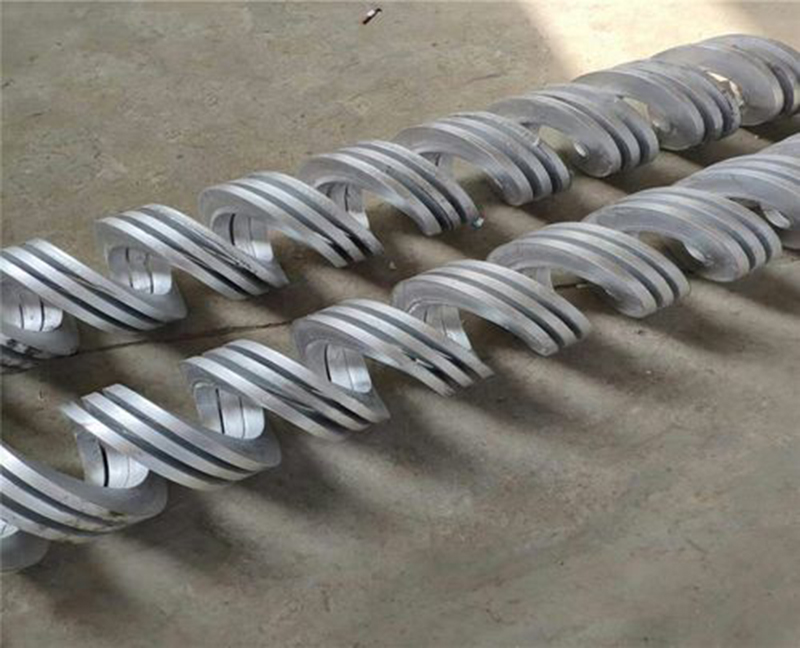
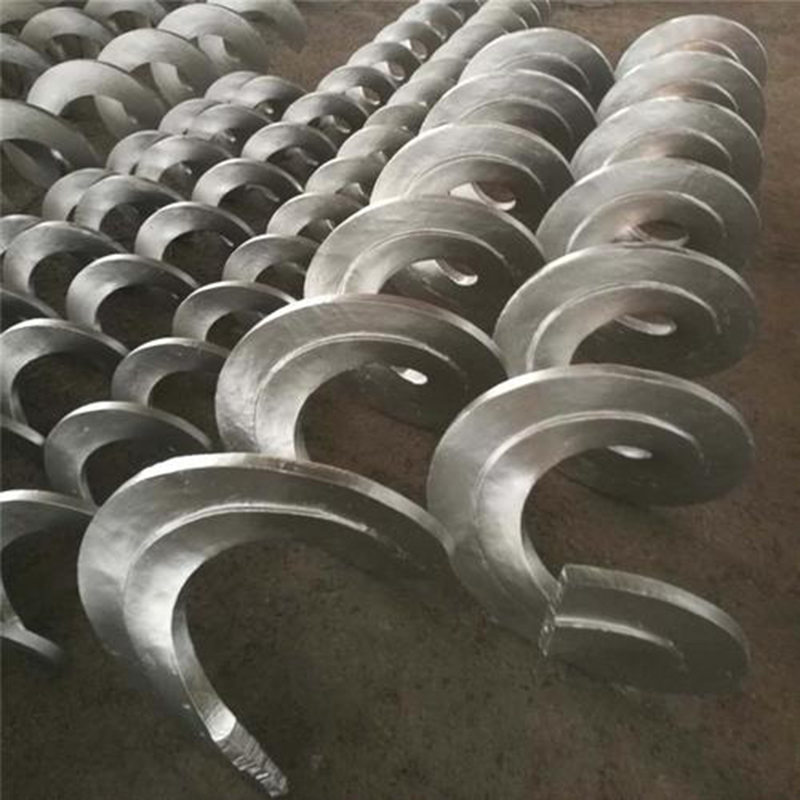

| Product name: | Stainless Steel Helical Blades |
| Keywords: | |
| Industry: | Metallurgy and minerals - Metallurgy industry |
| Process: | - |
| Material: |
Processing manufacturer
- There are 51 manufacturers that provide similar products
- There are 189 manufacturers that provide this processing technology
- There are 120 manufacturers that provide this material processing service
- There are 161 manufacturers that provide this industry processing service
Product details
Stainless steel helical blades are widely used in various industrial scenarios due to their excellent corrosion resistance, hygienic properties, and high surface quality. The following is a comprehensive analysis of stainless steel helical blades, covering their characteristics, material selection, manufacturing processes, application scenarios, advantages and limitations, as well as maintenance and selection recommendations.
1. Characteristics of Stainless Steel Helical Blades
Stainless steel helical blades are spiral components made of stainless steel as the main material, through processes such as cold rolling, molding, welding, or CNC machining. Their main characteristics include:
Strong corrosion resistance: Resistant to acids, alkalis, salt spray, and humid environments, suitable for corrosive conditions.
Smooth surface: Low roughness (Ra 0.8-3.2μm), reduces material adhesion, and is easy to clean.
Excellent hygienic properties: Complies with food-grade and pharmaceutical-grade standards (such as FDA, GMP).
Moderate mechanical properties: Good strength and toughness, suitable for medium loads.
Aesthetic and durable: No additional coating required on the surface, maintains gloss after long-term use.
2. Common Stainless Steel Materials
The material selection for stainless steel helical blades is mainly based on working conditions and performance requirements. The following are commonly used grades and their characteristics:
304 Stainless Steel (AISI 304, Chinese Standard 0Cr18Ni9):
Composition: Contains 18% chromium and 8% nickel.
Characteristics:
General-purpose stainless steel, resistant to general acid and alkali corrosion.
Relatively low cost, good processing performance.
Applicable scenarios: Food processing, light chemical industry, indoor humid environments.
Limitations: Slightly weaker corrosion resistance to strong acids (such as sulfuric acid) or chloride ions (such as seawater).
316 Stainless Steel (AISI 316, Chinese Standard 0Cr17Ni12Mo2):
Composition: Contains 16-18% chromium, 10-14% nickel, and 2-3% molybdenum.
Characteristics:
Contains molybdenum, resistant to chloride ion corrosion (such as seawater, salt spray).
Suitable for more demanding corrosive environments.
Applicable scenarios: Marine equipment, strong corrosive chemical materials, pharmaceutical equipment.
Limitations: Higher cost than 304, slightly more difficult to process.
316L Stainless Steel (AISI 316L, Chinese Standard 00Cr17Ni14Mo2):
Composition: Low-carbon version of 316, carbon content <0.03%.
Characteristics:
Better welding performance, reduces the risk of weld corrosion.
Corrosion resistance is comparable to 316, slightly higher toughness.
Applicable scenarios: Segmented helical blades that require welding, extreme corrosive environments.
Limitations: Slightly higher cost than 316.
Other Stainless Steels:
321 Stainless Steel: Contains titanium, resistant to high temperatures (400-800°C), used for high-temperature material conveying.
2205 Duplex Stainless Steel: High strength, resistant to stress corrosion, suitable for extreme conditions (such as deep-sea diving equipment).
430 Stainless Steel: Ferritic stainless steel, low cost, but corrosion resistance is worse than 304, only used in low-requirement scenarios.
3. Manufacturing Process
The manufacturing process of stainless steel helical blades needs to consider their material characteristics and application requirements:
Cold Rolling Forming:
Characteristics: Stainless steel strip is continuously stretched and formed through a cold rolling mill, suitable for continuous helical blades.
Advantages: High precision (pitch deviation <±1mm), smooth surface, suitable for thin-walled blades (2-6mm).
Applicable: Mass production, such as blades for food or chemical conveyors.
Limitations: Not suitable for thick-walled or complex cross-sections, high equipment investment.
Molding:
Characteristics: Stainless steel plate is cut and then pressed into shape through a mold, suitable for thick-walled blades (6-12mm).
Advantages: Adaptable to large diameters or non-standard designs.
Applicable: Heavy-duty conveying equipment or custom blades.
Limitations: Slightly rough surface, requires subsequent polishing.
Segmented Welding:
Characteristics: Stainless steel plates are stamped into single pieces and then welded to the shaft.
Advantages: High flexibility, suitable for non-standard or small-batch production.
Applicable: Agricultural machinery, custom conveyors.
Limitations: Welds need to be strictly controlled to avoid corrosion or strength reduction.
CNC Machining:
Characteristics: Complex shapes are directly processed by laser cutting or five-axis machining centers.
Advantages: High precision, suitable for ship propellers or special curved blades.
Applicable: High-precision or small-batch scenarios.
Limitations: High cost, low efficiency.
Surface Treatment:
Polishing: Improves surface finish (Ra<0.8μm), meets food/pharmaceutical requirements.
Passivation: Enhances corrosion resistance, commonly used for 316/316L blades.
Sandblasting: Increases surface roughness, suitable for specific viscous materials.
4. Application Scenarios
The corrosion resistance and hygienic properties of stainless steel helical blades make them widely used in the following fields:
Food Processing:
Uses: Conveying flour, syrup, dairy products, juice, etc.
Material: 304 or 316L, must comply with FDA/GMP standards.
Characteristics: Smooth surface, easy to clean, prevents bacterial growth.
Example: Spiral conveyors in food factories, beverage production lines.
Chemical Industry:
Uses: Conveying acid-base materials, corrosive powders or liquids.
Material: 316/316L, resistant to strong acids or chloride ion corrosion.
Characteristics: Resistant to chemical corrosion, suitable for harsh environments.
Example: Fertilizer plants, dye production equipment.
Pharmaceutical Industry:
Uses: Mixing or conveying medicinal powders, medicinal slurries.
Material: 316L, good welding performance, complies with GMP standards.
Characteristics: High hygiene requirements, surface polishing.
Example: Pharmaceutical reaction kettles, medicinal powder conveying systems.
Marine Environment:
Uses: Ship propellers, propulsion or conveying components in marine equipment.
Material: 316 or 2205 duplex stainless steel, resistant to seawater corrosion.
Characteristics: High strength, resistant to salt spray corrosion.
Example: Yacht propellers, seawater treatment equipment.
Wastewater Treatment:
Uses: Conveying sludge or circulating liquids.
Material: 316/316L, corrosion-resistant and resistant to chemicals in sludge.
Characteristics: Durable, easy to maintain.
Example: Spiral conveyors in wastewater treatment plants.
High-Temperature Scenarios (Limited Use):
Uses: Hot material conveying or high-temperature mixing.
Material: 321 stainless steel, resistant to 400-800°C high temperatures.
Example: Chemical high-temperature reaction kettles.
5. Advantages and Limitations
Advantages:
Excellent corrosion resistance: Suitable for humid, acidic, alkaline, or marine environments, extending service life.
High hygiene standards: Smooth surface, meets the requirements of the food/pharmaceutical industry.
Aesthetic and durable: No additional coating required, maintains gloss after long-term use.
Good processing performance: Easy to cold roll, weld, or polish, suitable for various processes.
Strong environmental adaptability: Applicable from low temperatures to medium high temperatures (321 stainless steel can withstand high temperatures).
Similar products
More
Precision Machining of U-Steel Profiles for Building Applications
- Process : Stamping - General stamping
- Material : Aluminum
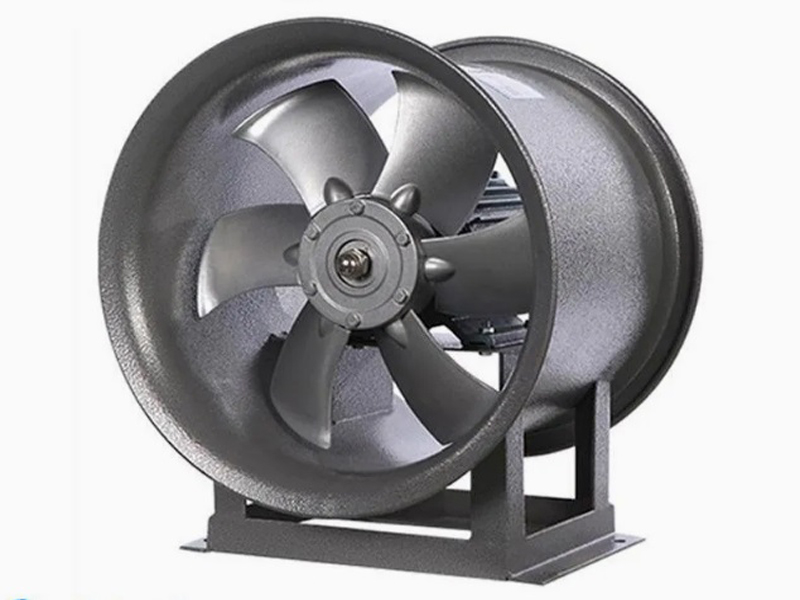
What are the machining processes used for processing axial fan housings
- Process : Sheet metal - Welding
- Material : Carbon steel

Machining Process Analysis of Carbon Steel Fixed Anchor Plates
- Process : Machining - CNC milling or milling machining
- Material : Carbon steel
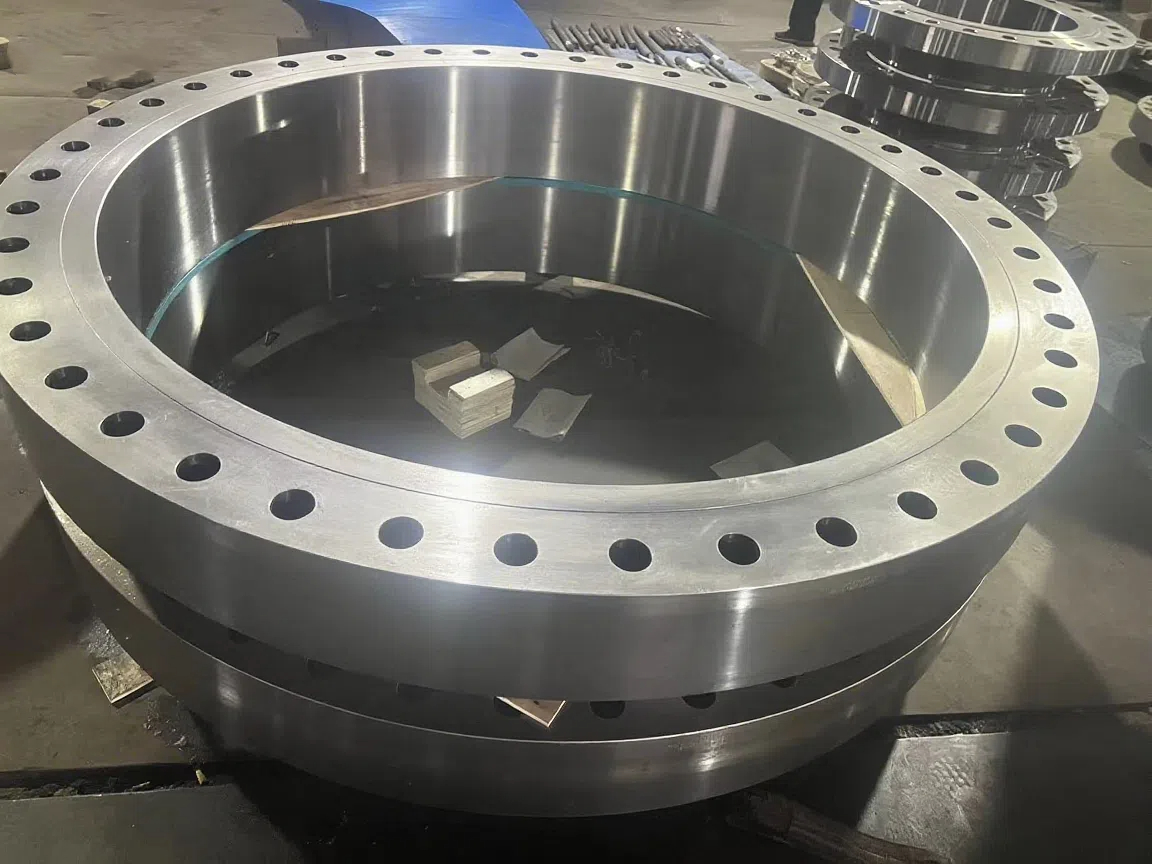
Heavy-Walled Flange Milling-Turning Machining and Flaw Detection
- Process : Machining - Turning Milling compound
- Material : Alloy steel
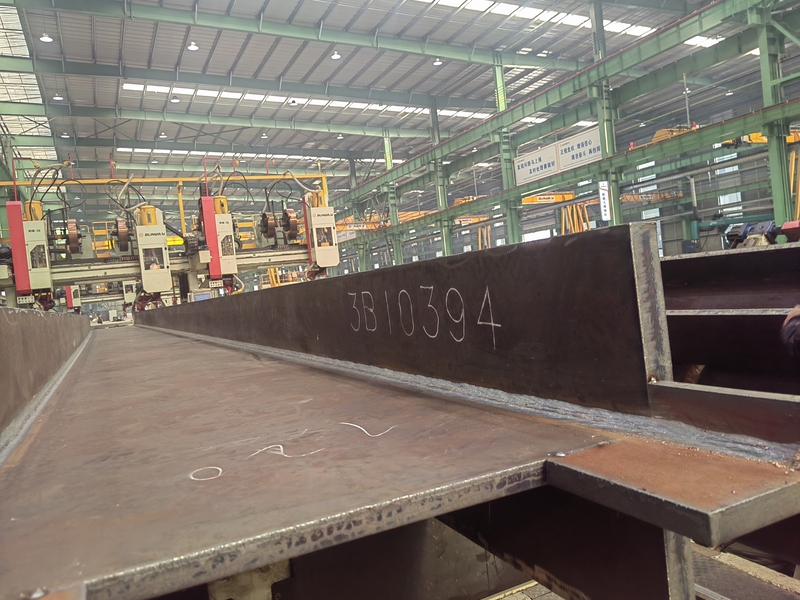
Custom Fabrication of S355JR Welded H-Beams for Construction Projects
- Process : Sheet metal - Welding
- Material : Carbon steel

Drill Stabilizers Applied in Oil Drilling Platforms
- Process : Machining - Five-axis machining
- Material : Alloy steel
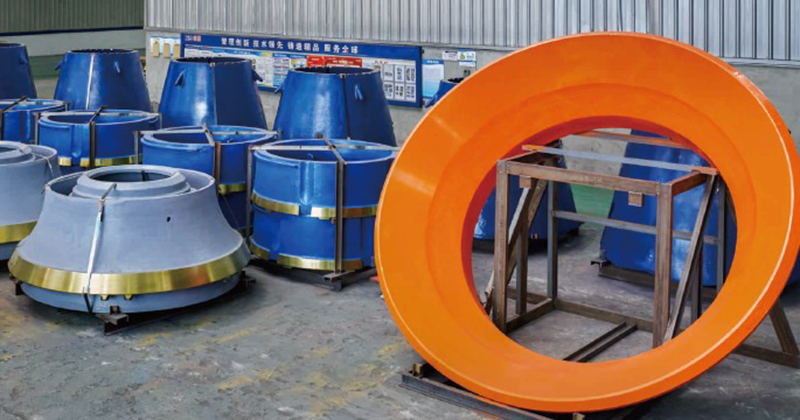
Cone Crusher Mantle
- Process : -
- Material :
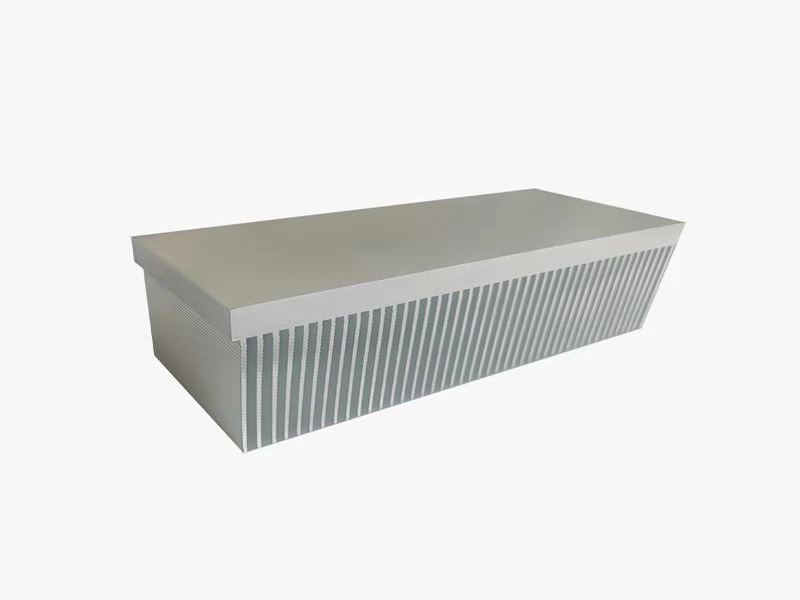
Innovative skiving technology: Breaking through the bottleneck of high-density heat dissipation technology
- Process : Surface treatment - Others
- Material : Alloy steel
More products
More
Precision Machining of U-Steel Profiles for Building Applications
- Process : Stamping - General stamping
- Material : Aluminum

What are the machining processes used for processing axial fan housings
- Process : Sheet metal - Welding
- Material : Carbon steel

Machining Process Analysis of Carbon Steel Fixed Anchor Plates
- Process : Machining - CNC milling or milling machining
- Material : Carbon steel

Heavy-Walled Flange Milling-Turning Machining and Flaw Detection
- Process : Machining - Turning Milling compound
- Material : Alloy steel

Custom Fabrication of S355JR Welded H-Beams for Construction Projects
- Process : Sheet metal - Welding
- Material : Carbon steel

Drill Stabilizers Applied in Oil Drilling Platforms
- Process : Machining - Five-axis machining
- Material : Alloy steel

Cone Crusher Mantle
- Process : -
- Material :

Innovative skiving technology: Breaking through the bottleneck of high-density heat dissipation technology
- Process : Surface treatment - Others
- Material : Alloy steel